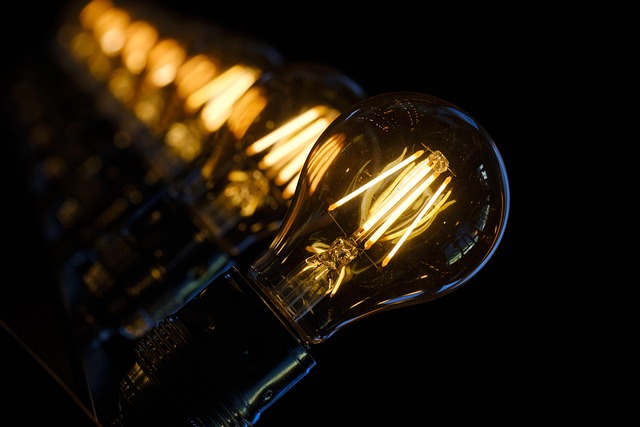Mastering Color Contrast: A Guide to Lighting Techniques
The world of photography and design is a vibrant tapestry woven together by color contrast. Understanding how to manipulate this aspect can elevate your work from mundane to mesmerizing. In this guide, we will explore lighting techniques that can help you maximize color contrast in your compositions, making them not only visually stunning but emotionally resonant.
The Power of Color Contrast
Color contrast is a fundamental principle that transcends various art forms—be it photography, painting, or interior design. It can stir emotions, create depth, and guide viewers’ attention to specific elements within your work. When colors clash or harmonize effectively, the impact is profound; it captures the essence of what you aim to express.
1. Understanding Your Color Wheel
Before venturing into advanced techniques, it’s essential to understand the color wheel. Primary colors (red, blue, yellow) lead to secondary colors (green, orange, purple), and the combination of these creates various shades and tints. Using contrasting colors—those that sit directly opposite each other on the wheel—can create dynamic and eye-catching visuals. For example, pairing orange with blue can ignite a vibrant energy that draws viewers in.
2. The Role of Lighting
Once you grasp the basics of color contrast, the next step is mastering your lighting setup. Lighting plays a critical role in how colors are perceived. Here are some effective techniques:
Natural Light
Utilizing natural light can enhance color vibrancy. Shooting during the golden hour—just after sunrise or before sunset—creates a warm light that can complement and enrich natural colors, adding depth and contrast.
Using Reflectors
Reflectors are simple yet effective tools that can bounce light back into your subject, softening shadows while also intensifying color contrast. Experiment with different reflector colors (white, gold, silver) to see how they influence the tones in your composition.
Colored Gels
Incorporating colored gels over your light sources allows you to create dynamic color contrasts intentionally. This technique enables you to add a layer of emotion to your scene. For instance, a cool blue gel might evoke tranquility, while an orange gel could stimulate warmth and comfort.
3. The Importance of Shadows
Shadows add depth and can heighten color contrast if used correctly. High-contrast lighting creates sharp, defined shadows that add a dramatic flair to your compositions. Manipulating the angle and intensity of your light source can help you achieve the desired effect—broad shadows create a soft, diffused look, while harsh light yields stark contrasts and vivid colors.
4. Experiment and Observe
No guide on color contrast and lighting techniques would be complete without emphasizing the importance of experimentation. Engage in various lighting conditions, settings, and styles to discover what resonates with your unique artistic voice. Observe how different lighting situations affect not just the colors but the overall mood of your image or design.
5. Real-Life Applications
From fashion photography to product marketing, understanding color contrast through effective lighting can significantly impact the outcome of your project. Consider how brand identities leverage color contrast to convey messages. Recognizing these nuances will allow you to harness their power in your work.
By mastering color contrast and lighting techniques, you hold the key to unlocking a new level of creativity. Embrace the journey of exploration, and let your artistic instincts guide you to create stunning, impactful visuals.




